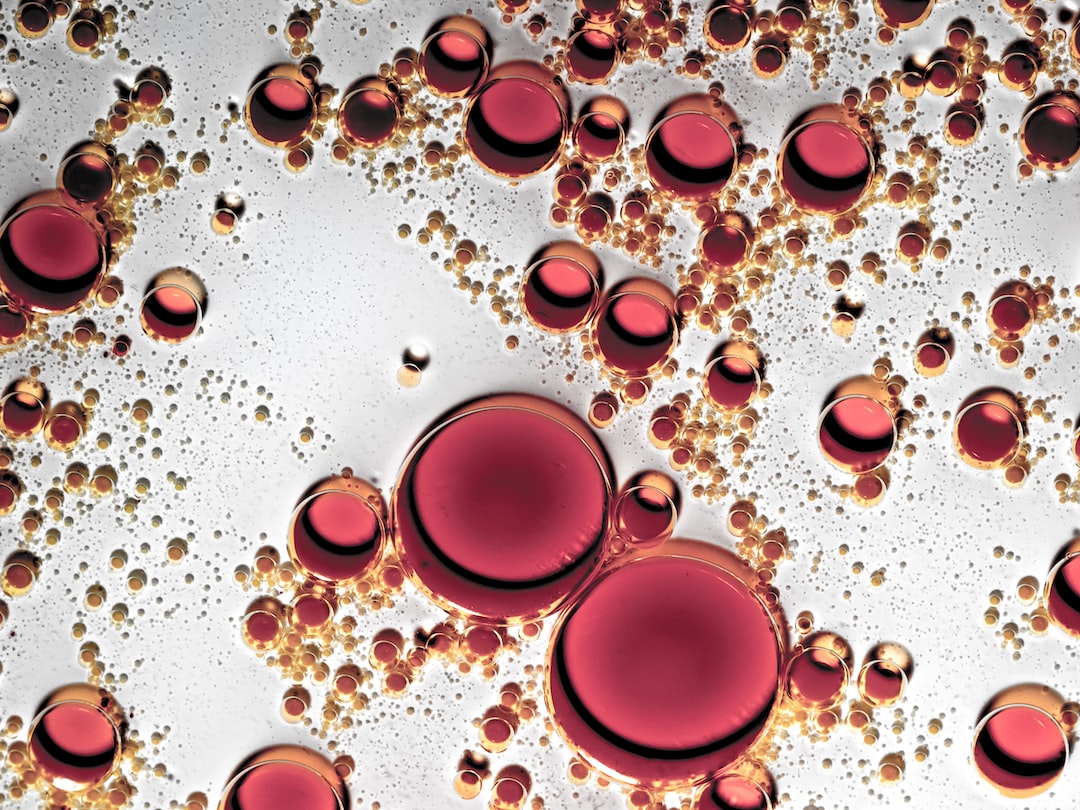The Beauty of Imperfection: Wabi-Sabi in Japanese Art
When we think of beauty, we often associate it with symmetry, flawlessness, and perfection. However, in Japan, there is an aesthetic concept that embraces the complete opposite – the beauty of imperfection. This concept is known as wabi-sabi, and it has been a fundamental philosophy in Japanese art and culture for centuries.
Wabi-sabi is derived from two separate words. Wabi, which refers to simplicity and humility, signifies a rustic and unrefined beauty. On the other hand, sabi represents the beauty that comes with aging, highlighting the transient nature of all things. Together, wabi-sabi celebrates the beauty that can be found in the imperfections, flaws, and impermanence of life.
In Japanese art, wabi-sabi is not merely a style or technique, but an outlook on life and a spiritual journey. It encourages us to find beauty in the ordinary, to appreciate the imperfect, and to embrace the natural cycle of growth and decay. It teaches us that perfection is not the ultimate goal, but rather an acceptance of the flaws and an appreciation of the uniqueness in everything.
One of the most well-known examples of wabi-sabi in Japanese art is found in tea ceremonies. The intricate teaware used in these ceremonies is intentionally imperfect, with uneven glazes, cracks, and imperfections intentionally left untouched. These imperfections remind us of the tea bowls’ connection to nature and the passing of time, creating a sense of authenticity and beauty that cannot be replicated by flawless, mass-produced ceramics.
Another form of art that embodies wabi-sabi is Ikebana, the Japanese art of flower arrangement. Unlike Western flower arrangements, Ikebana arranges flowers in a minimalist and asymmetrical manner, focusing not only on the blooms but also on the negative space surrounding them. This simplicity and asymmetry create a feeling of harmony and tranquility, emphasizing the impermanence of the flowers’ beauty and their connection to the cycle of life and death.
Wabi-sabi can also be seen in traditional Japanese architecture. The use of natural materials such as wood and stone, along with exposed joinery and visible imperfections, adds a sense of age and history to the space. The concept of impermanence is also evident, as many traditional houses are designed to be easily dismantled and rebuilt in a new location. The weathering of the materials further enhances the beauty, reminding us of the passing of time and the transitory nature of our existence.
However, wabi-sabi is not limited to traditional art forms. It has also influenced contemporary Japanese design and lifestyle. The simplicity and imperfection of wabi-sabi can be seen in modern furniture, ceramics, and even clothing. Japanese designers often incorporate natural materials, organic shapes, and simple lines, embracing the beauty in the imperfect and the transient.
Wabi-sabi extends beyond the realm of art and design and becomes a philosophy for life. It encourages us to appreciate the beauty in the imperfections in ourselves and others. It teaches us to find joy in simplicity and to let go of our obsession with perfection. Wabi-sabi invites us to slow down, to embrace the present moment, and to cultivate an attitude of gratitude for the fleeting nature of life.
In a society that often values perfection and uniformity, wabi-sabi offers us a refreshing perspective. It reminds us that life is inherently imperfect and impermanent, and that it is precisely in these imperfections where true beauty can be found. By embracing wabi-sabi, we can learn to appreciate the uniqueness and individuality of everything around us, including ourselves.
In conclusion, the concept of wabi-sabi in Japanese art is a celebration of imperfection, impermanence, and authenticity. It reminds us to look beyond the surface and find beauty in the ordinary. Whether through tea ceremonies, Ikebana, architecture, or contemporary design, wabi-sabi invites us to embrace life’s imperfections wholeheartedly. It teaches us that perfection is not the ultimate goal, but rather an appreciation of the beauty that can be found in the imperfect and transient aspects of life. So let us all learn to see the world through the lens of wabi-sabi and discover the profound beauty that lies within imperfection.

